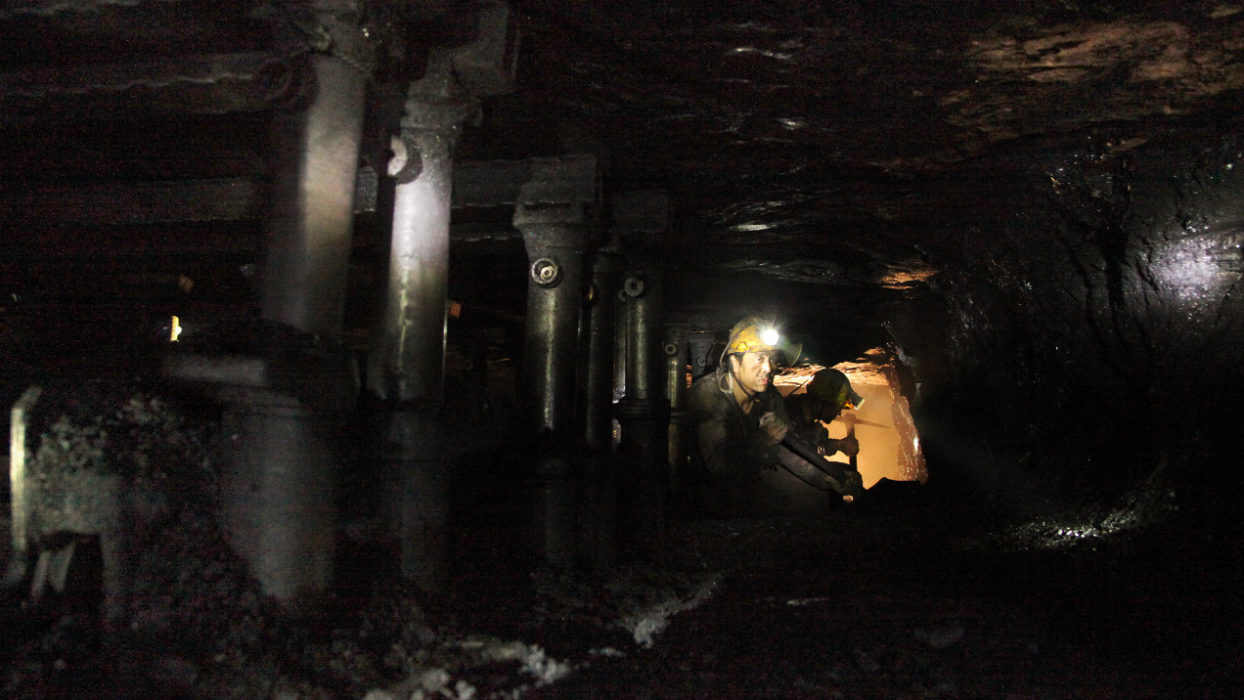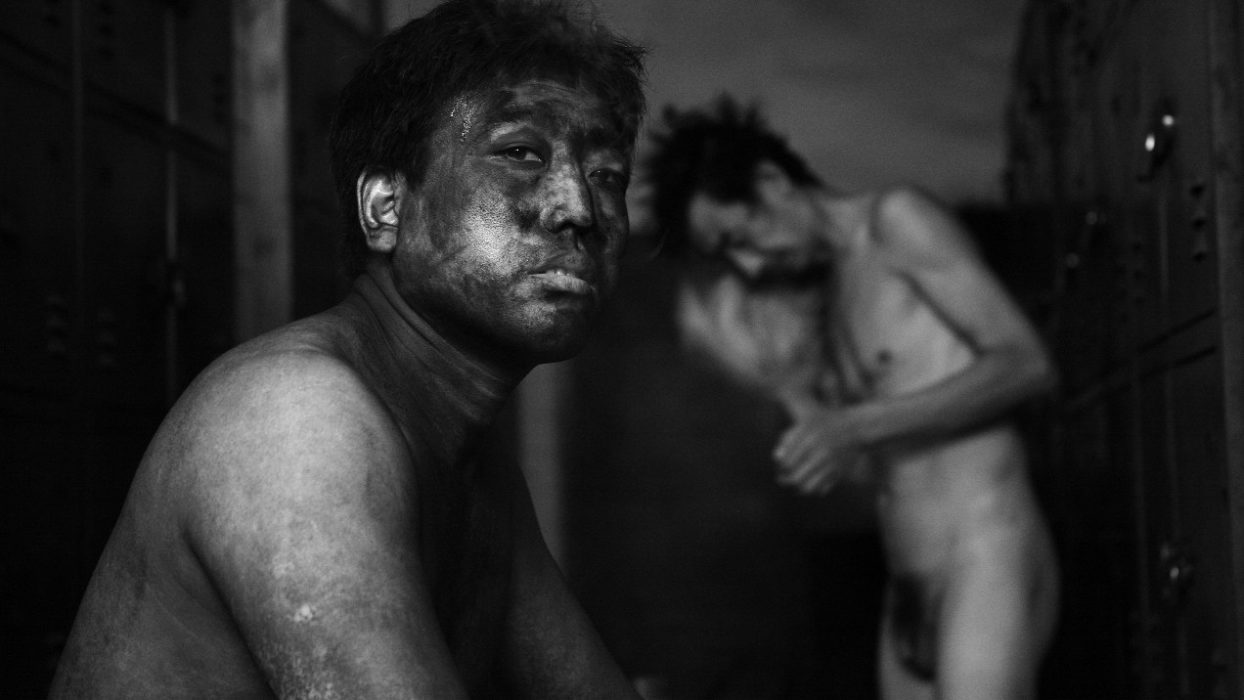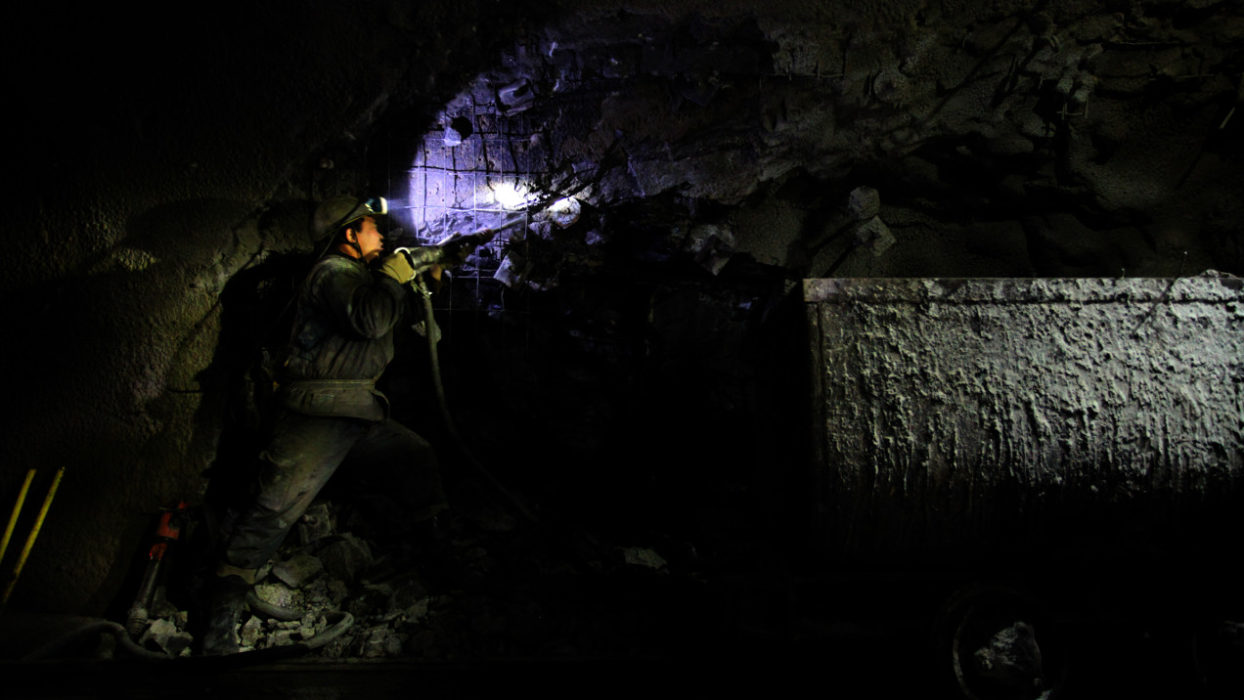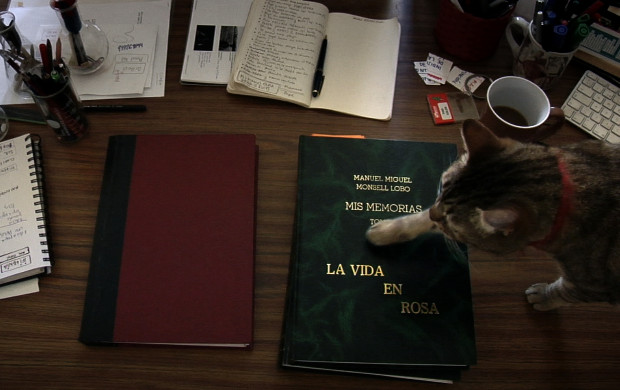In the Underground
- 2014
- China
- 90 minutes
- Mandarin
SPECIAL MENTION SCAM INTERNATIONAL AWARD
Between changing rooms and showers, men blackened by soot walk around. A voice over the loudspeaker insists on the pressures put on the company to be environmentally responsible. Every morning in the mine of Sunzhuang (in China’s Hebei province), the workers also listen to the safety rules that they repeat in chorus. But in some astonishing sequences that give their title to the film, Song Zhantao replaces this cautionary rhetoric with the reality of the descents. In addition to the known dangers (explosions and silicosis), working the residual deposits of these over-exploited coal seams heightens the risk of collapse. The dramaturgy imposed by the mine is recorded with stupefying visual mastery and endurance, whilst above ground the domestic sequences reveal the more personal consequences of this daily peril. The father-to-be Xiao Cao quarrels with his wife, who is outraged that he failed to tell her about his tiny bonus. The team overseer urges him to concentrate on the job, but an accident will bring about a change of mind. The editing structures this above/below divide to bring out the competitiveness between the masculine and feminine spaces, each gender considering that they are of more use in their couple. It only takes a final and unexpected descent to revive the relationship between the men and women and conclude the movement of the film: the contamination of the ground by the depths, the infiltration of a small community by the oppressive violence of its subsoil. (Charlotte Garson)
- Editing : Zhantao Song
- Sound : Zhantao Song
- Photography : Zhantao Song; Shaohua Liu
- Production / Print source : Song Zhantao







